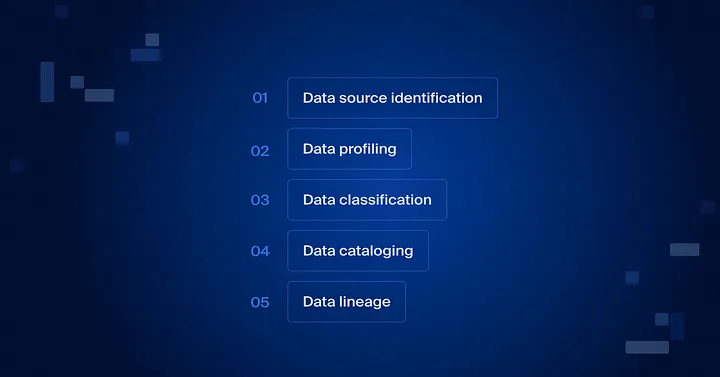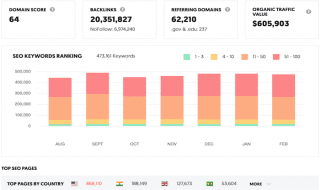
Many organizations have noticed recently that compliance regulations are getting tighter (and imposing very expensive fines). Laws like the GDPR in Europe, and similar regulations in California and some other states, have become fully effective in the last couple of years, and this has ramifications for any company doing business within those jurisdictions. Any sensitive data that your company has needs to be well-secured, and in some places, you must be able to delete that data at the customer’s request.
To stay on the right side of the law, you need sensitive data discovery. All data is covered by these regulations, whether you know you have it or not, and a surprising number of organizations have improperly stored or neglected data. Combing through everything manually is time-consuming and exhausting, but data discovery is an automated tool that can find and categorize your data for you. Implementing this will help your organization ensure that no data falls through the cracks, which is essential both for compliance and minimizing potential vulnerabilities.
The Data Discovery Challenge

For years, reports, studies, and surveys have indicated that most companies don’t know what data they have or where it is within their infrastructure. This is a huge problem for organizations located in an area or industry that has stringent data privacy or security regulations, including GDPR, CPRA, HIPAA, and others. Unfortunately, it’s not easy keeping track of every piece of data generated over the life of a business. Organizations acquire or merge with other companies, and they often deal with employee turnover. These factors can make tracking all generated data difficult as not all organizations or individuals will follow (or have) the same protocols for data storage and handling.
Unstructured data like emails or text documents is especially hard to track. The average employee doesn’t file or secure emails for long-term storage, even if those emails contain sensitive customer or company information. Additionally, especially for older companies, old passwords may be stored in unencrypted plaintext documents, and these documents are very likely stored on old hard drives or machines that are not frequently accessed. Although they are out of the way, they should not be forgotten. This data could be what helps an attacker exploit your vulnerabilities.
Data Discovery for Compliance

As any good lawyer might put it, ignorance of the law excuses no one. Regulators don’t care if you know data exists or not; it is only important that all data is handled and protected properly. However, to do that, you do need full insight into data that you have, whether it’s on legacy hardware or buried somewhere in the cloud. You need to know what data you’re collecting from your customers, how you’re using it, and every place any of that information is stored. In some jurisdictions, a customer can require you to stop collecting data on them, or they can ask you to delete previously collected data. Either way, you need to be able to comply promptly.
Part of data discovery is painting a picture of who has access to the data. Improper access controls are a frequent cause of security problems as attackers can use social engineering attacks or compromised credentials to infiltrate your environment. To adequately comply with regulations, you need to ensure that only authorized users can access your organization’s data. Some regulations, like HIPAA, require especially tight security for personal information, so best practice is to limit authorizations to employees who need that data to do their jobs.
Managing Your Data and Compliance

Rather than depending on manual searches for data, consider an automated tool that can scan your environment and discover your data for you. Data discovery solutions make it easier to find and secure sensitive data, prepare for audits, and manage employee access without spreading your IT team too thin. Automated data discovery can also help you improve your records, meaning you’ll be better able to find the data that you have in the future.
Although there’s a lot of good that can come from improving employee training, even the best-trained employee can make a mistake. Especially for users with administrative access or other privileges, access management is an essential part of a data discovery tool. The tool will monitor your environment for atypical data access and improper storage, helping you keep tabs on both the data itself and how it is used, both essential for good data security.
Most regulations included a grace period effective shortly after ratification to give companies time to get on board. However, as of 2023, most major privacy laws have moved past that phase, meaning you need to be fully compliant or risk security incidents, legal action, and fines. To meet expectations, you need to know what data your company has, how it’s used, how it’s stored, and how it can be accessed and altered. This is a tall order, but it’s much easier when you have data discovery solutions that will automate and streamline the discovery process and give you a full understanding of the data you’re storing.




